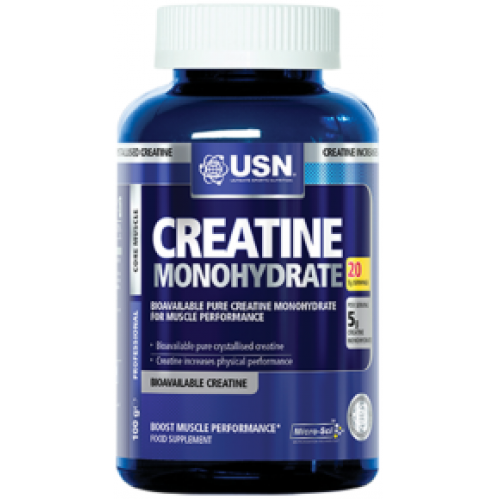Background
The most researched supplement in the world. Creatine is made from 3 amino acids (Glycine, L-arginine and L-methionine), used within energy systems rather than the muscle building process itself.
Creatine is stored within the muscle as either phosphocreatine (PC) or free creatine. The PC system is the initial system to resynthesise ATP (adenosine tri-phosphate) which we use as energy. So, in Lehmann’s terms, the more we have stored, the more ATP we can resynthesise, makes sense, right?
So being able to make more ATP quickly allows us to work at a higher intensity for a longer period, anything up to about 10-15 seconds. This obviously increases intensity in the gym, more weight lifted and more repetitions, allowing for greater potential gains. Sounds like dark magic.
On top of this, creatine also has buffering qualities. As you work, your muscle starts to produce hydrogen (H+), a bi-product of intense exercise. H+ accumulation shuts off phophofructokinase (PFK), forcing your body switch between utilising carbohydrates as a fuel source to fats. During intense periods of training, this has a negative impact on your ability to maintain intensity as fats, whilst energy dense, do not re-synthesise ATP at a fast rate. Therefore, Creatine allows less H+ to impact contractions, creating more muscle growth potential. The size of this effect may not be huge, but even a minor role has impacts at maximal capacity.
Benefits
Creatine monohydrate has also being linked to..
- Fat loss
- Traumatic brain injury
- Neurodegenerative diseases
- Sarcopenia
- Injury recovery
Dosage
There are a couple of ways that you can take/load creatine.
- Take 5g daily (no loading)
- Take 20g daily for 5 days, then 5g thereafter
- Take 0.1g per KG of bodyweight daily, a bit more specific. (10g for 100kg)
You don’t need to load really and you don’t need to cycle, however you may get a slight benefit from cycling as you may become more sensitive.
You can get creatine from your diet, however to get the necessary amount daily, would be quite expensive as it’s found abundantly in red meat and oily fish. Whereas powder is relatively cheap and lasts a long time.
Side effects
There aren’t many side effects that are overly common with creatine monohydrate. The most common one is weight gain, as creatine increases cell swelling, which has being theorised as increasing protein synthesis.
Cramps are sometimes reported and this could be down to sodium fluxes within the cytosol, increasing water intake may reduce this.

